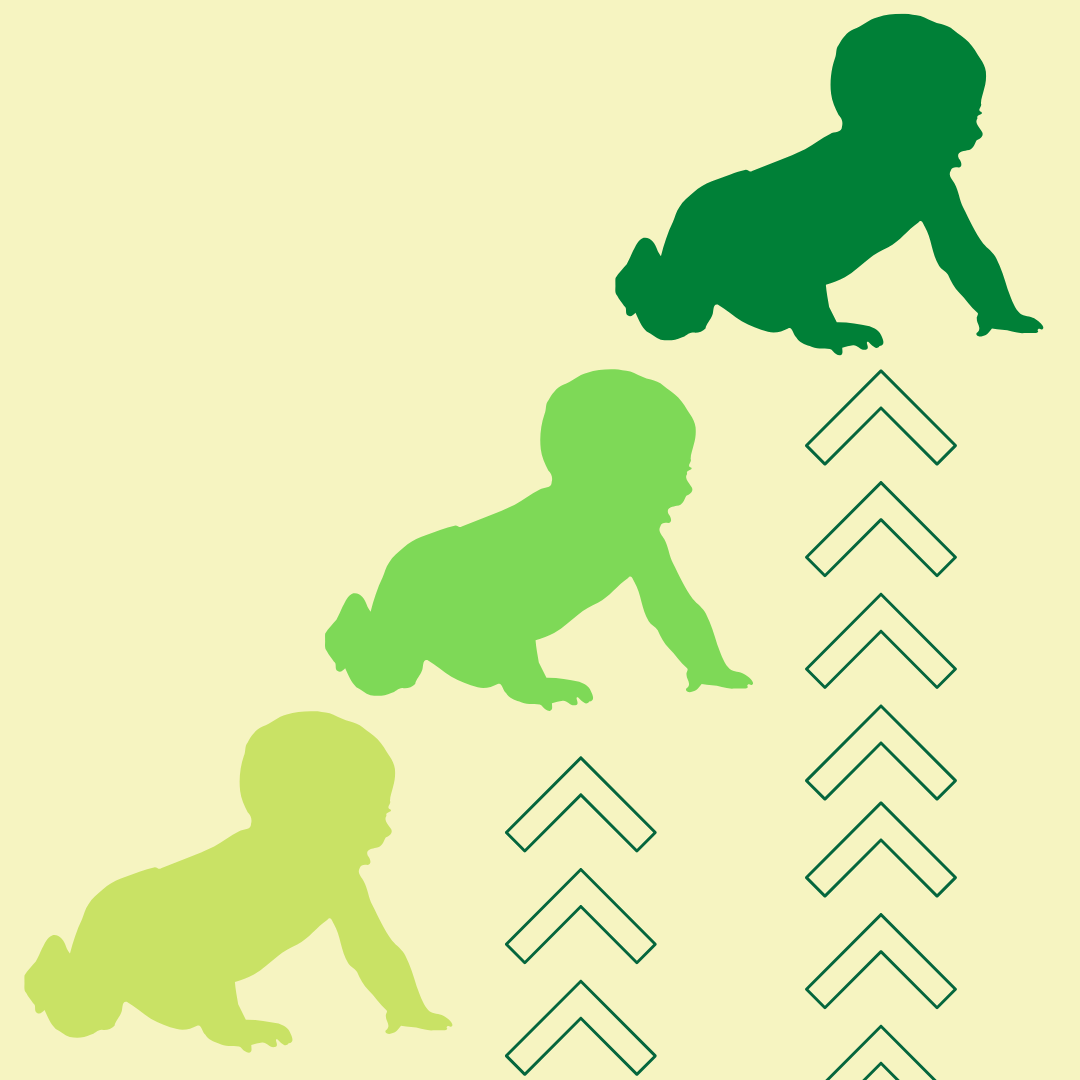Aggregated News

“It hurt,” my friend told me. “They don’t tell you that it hurts.”
Her voice came heavy through my headphones as I scrubbed the dinner dishes. “Like, I could feel the needle going through all the layers—skin, fat, muscle—and I could feel when it entered my uterus. It just felt so wrong.”
My hands fumbled the dish they had been washing. “Jesus,” I muttered into the phone.
My friend had been nervous to do the amniocentesis. But she had felt a deep and urgent need to know, as she put it, if the baby was “okay.” And several weeks later, she got her answer. Not the one she wanted, but the one she had feared—that the fetus she had tried to conceive for over a year, for whom she had spent thousands of dollars on fertility treatments—this second child for whom she had longed, whose conception she had celebrated, whose impending arrival she had included on the family Christmas card—had a genetic condition. She had two weeks to decide what to do.
The condition wasn’t one of the severe, life-limiting...



